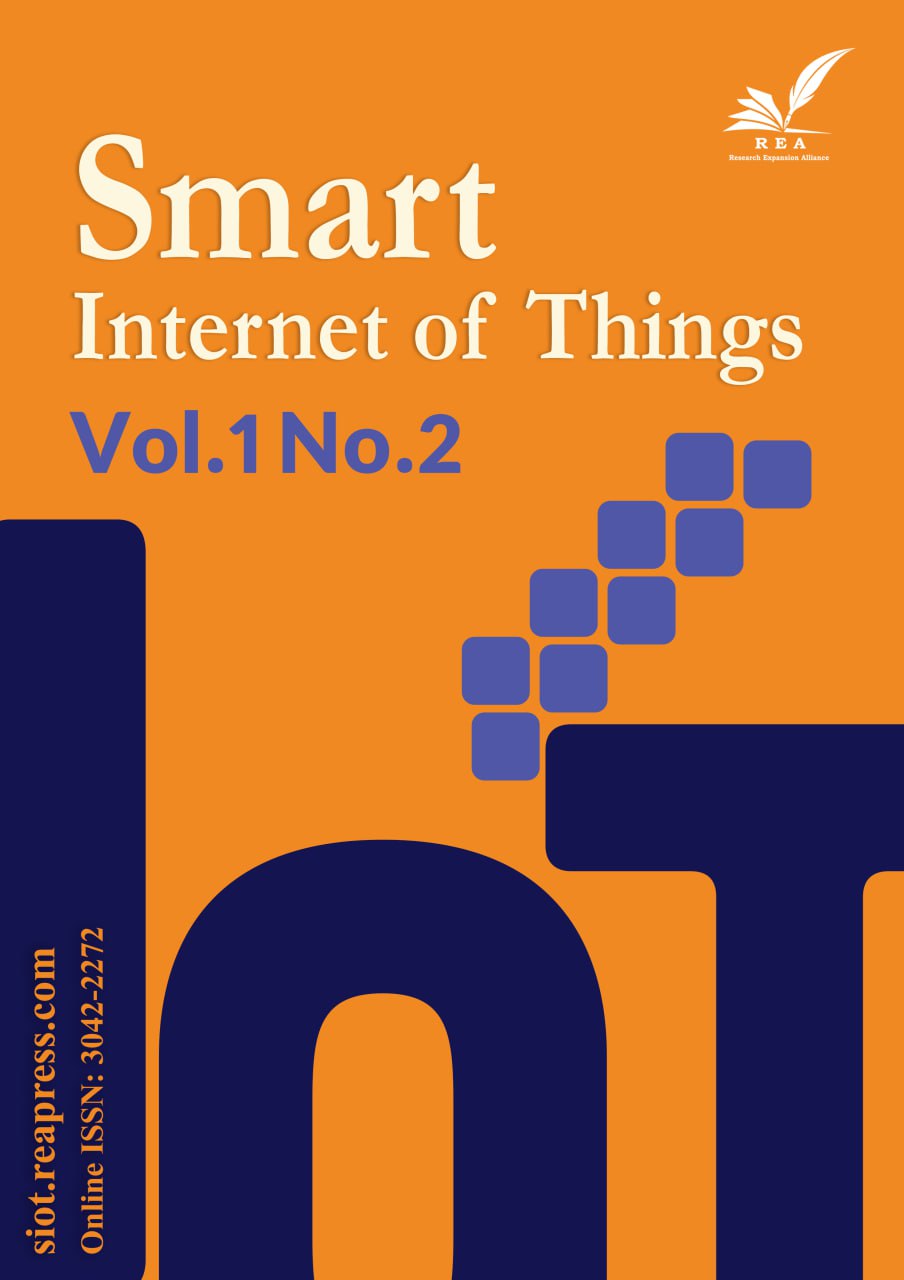Enhancing Forest Fire Prediction through Machine Learning and IoT Integration
Abstract
The increasing threat of forest fires, exacerbated by climate change and environmental factors, necessitates efficient prediction and management systems. This research aims to develop a predictive model for forest fire occurrence using machine learning techniques and weather data. Data was collected from historical records of fire occurrences and environmental conditions such as temperature, humidity, wind speed, and rainfall. After undergoing preprocessing steps including data cleaning, handling missing values, and feature scaling, various machine learning models were evaluated, including XGBoost, Random Forest, K-Nearest Neighbors, Decision Trees, and Logistic Regression. Among these, XGBoost and Random Forest models exhibited the highest predictive accuracy, achieving an accuracy score of 97.52%. The models provided valuable insights into the environmental factors contributing to fire risks, enabling more informed decision-making for fire prevention. The integration of advanced algorithms in this system demonstrates the potential for proactive forest fire management, reducing damage, enhancing resource allocation, and improving overall fire risk mitigation strategies. The findings underscore the effectiveness of machine learning in environmental risk management, paving the way for more sustainable and efficient forest fire prediction systems.
Keywords:
Forest fire prediction, Machine learning, Weather data, Environmental risk, Random forestReferences
- [1] Alonso-Betanzos, A., Fontenla-Romero, O., Guijarro-Berdiñas, B., Hernández-Pereira, E., Andrade, M. I. P., Jiménez, E., ... & Carballas, T. (2003). An intelligent system for forest fire risk prediction and fire fighting management in Galicia. Expert systems with applications, 25(4), 545-554. https://doi.org/10.1016/S0957-4174(03)00095-2
- [2] Aronszajn, N. (1950). Introduction to the theory of hilbert spaces. Reasearch [sic] foundation. https://books.google.com/books/about/Introduction_to_the_Theory_of_Hilbert_Sp.html?id=zZcvAAAAMAAJ
- [3] Cheng, T., & Wang, J. (2006). Applications of spatio temporal data mining and knowledge for forest fire. Remote sensing: from pixels to processes (pp. 148-153). https://www.isprs.org/proceedings/xxxvi/part7/pdf/148.pdf
- [4] Cheng, T., & Wang, J. (2008). Integrated spatio-temporal data mining for forest fire prediction. Transactions in gis, 12(5), 591–611. https://doi.org/10.1111/j.1467-9671.2008.01117.x
- [5] Clarke, K. C., Brass, J. A., & Riggan, P. J. (1994). A cellular automaton model of wildfire propagation and extinction. Photogrammetric engineering and remote sensing, 60(11), 1355–1367. https://www.fs.usda.gov/psw/publications/riggan/psw_1994_riggan003.pdf
- [6] Ahern, F. J., Goldammer, J. G., & Justice, C. O. (2001). A review of AVHRR-based active fire detection algorithms: Principles limitations and recommendations. Global and regional vegetation fire monitoring from space: planning a coordinated international effort. Kugler Publications. https://books.google.com/books?id=AHazSEi62pMC


